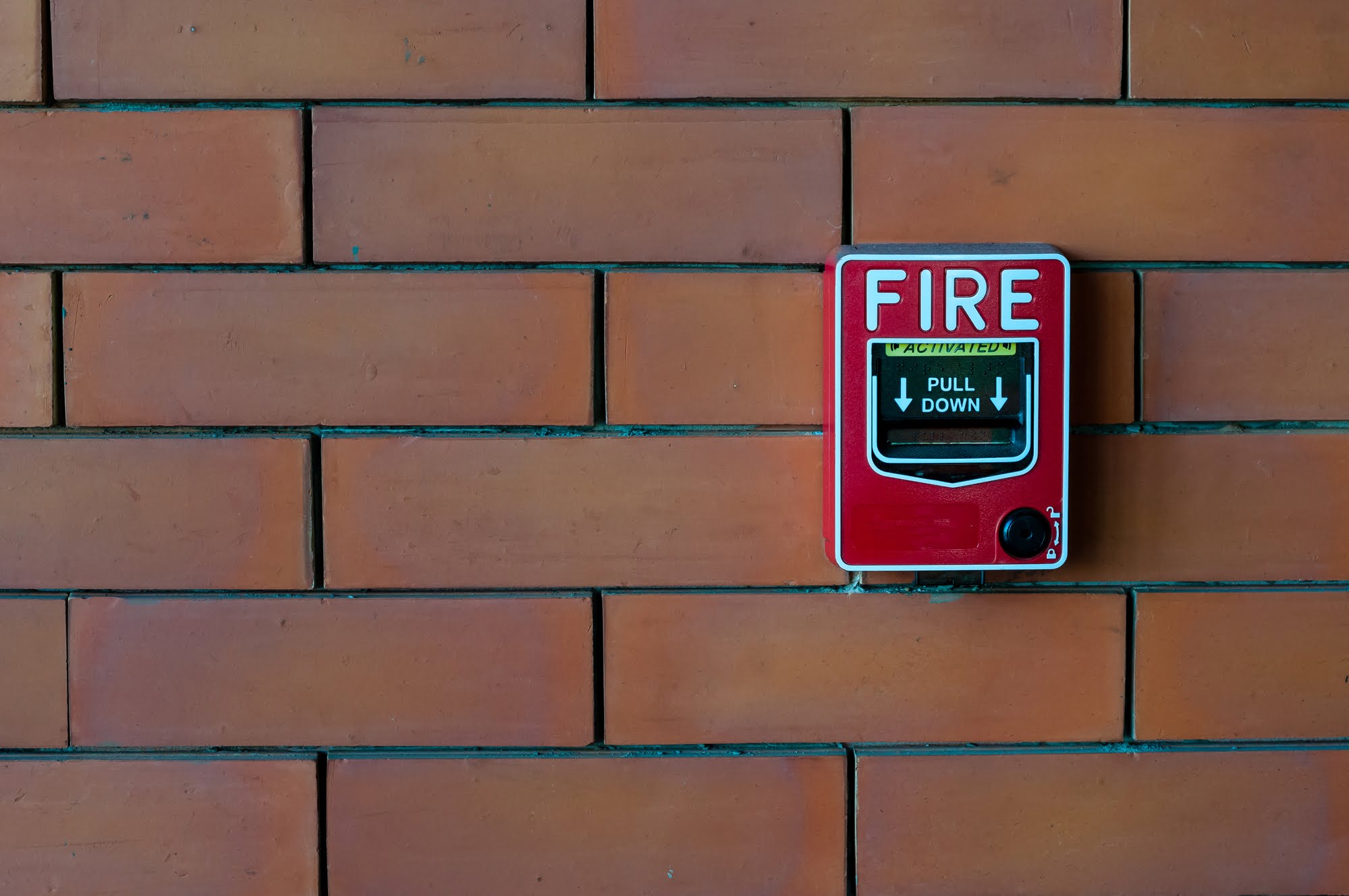Follow these five steps for effective fire drill success
1. Plan
Effective fire drills are essential in any workplace to ensure the safety of all your employees but can often be more chaotic than helpful. Here are 5 steps to running an effective fire evacuation drill.
Before running any fire drill, you must have a detailed plan for fire evacuation procedures, including contingencies if things go wrong. Some things to think about may include.
- Specific escape routes, including alternates if needed
- Safe rally points
- Effective and redundant notification systems that reach all employees Clear responsibilities for each team leader
Once you have drafted your plan, speak with your local fire marshal to see if they have any adjustments. Discuss how you and the marshal can work as a team to ensure the safety of everyone in your building.
2. Educate
Give each employee a clearly written document with evacuation procedures and a map of escape routes. Also give a presentation at the workplace to make sure everyone has the necessary information to carry out a drill. Your employees should know the protocol by memory, so they don’t freeze or make a mistake during an emergency.
3. Run
Fire drills allow employees to apply and practice the evacuation plan. Start small and scale as you work out the problems you find during a drill. First, work through the plan on paper with your team leaders, then physically walk the escape routes. Each leader should be comfortable with the evacuation procedure before running a drill across the building. Additionally, train with the fire department so it is familiar with your protocol.
Once each group is trained individually, you can run a drill for your building or workplace. With the necessary prep work, you can run a better drill right from the start.
4. Evaluate
Before the drill, appoint observers to watch how well your employees carry out the evacuation plan. These observers can offer an objective view on the successes and failures of the drill. Observers should track how quickly and efficiently employees could exit the building, whether all the hardware (doors, key codes, etc.) worked properly, and if everyone followed protocol.
Ask your employees about how they felt about the drill. Did they feel confident in the procedure? Was everyone notified of the emergency? Was the plan easy to remember and execute? If you find problems in your evacuation protocol, you can fix them now before anyone is in real danger.
5. Repeat
Even a perfect evacuation plan needs practice. Running a quarterly drill will help your employees get comfortable with a new procedure. Once your drills are going smoothly, you can reduce their frequency to twice a year. If you run drills too frequently, your employees may not take them seriously. If drills are too infrequent, your employees may forget the procedure and put themselves in danger.
To encourage your employees to fully participate in the drill, consider offering a reward for good performance. Maybe if they complete the drill quickly, they can go to lunch earlier, or leave work early. This way, your employees will practice the correct procedure instead of treating the drill like a casual activity.
As you practice more drills, add extra difficulties for your team. A real fire could block off a hallway, or someone may not be able to escape the building. Practice these contingencies so they do not come as a surprise in an emergency.
Regardless of how well you plan your evacuation, your workplace must be built with fire safety in mind. Zari Consulting Group will ensure your building is built to code and with effective fire safety systems. Whether your building is just a schematic or in the late stages of construction, visit their website to learn how to make it fire-safe.



